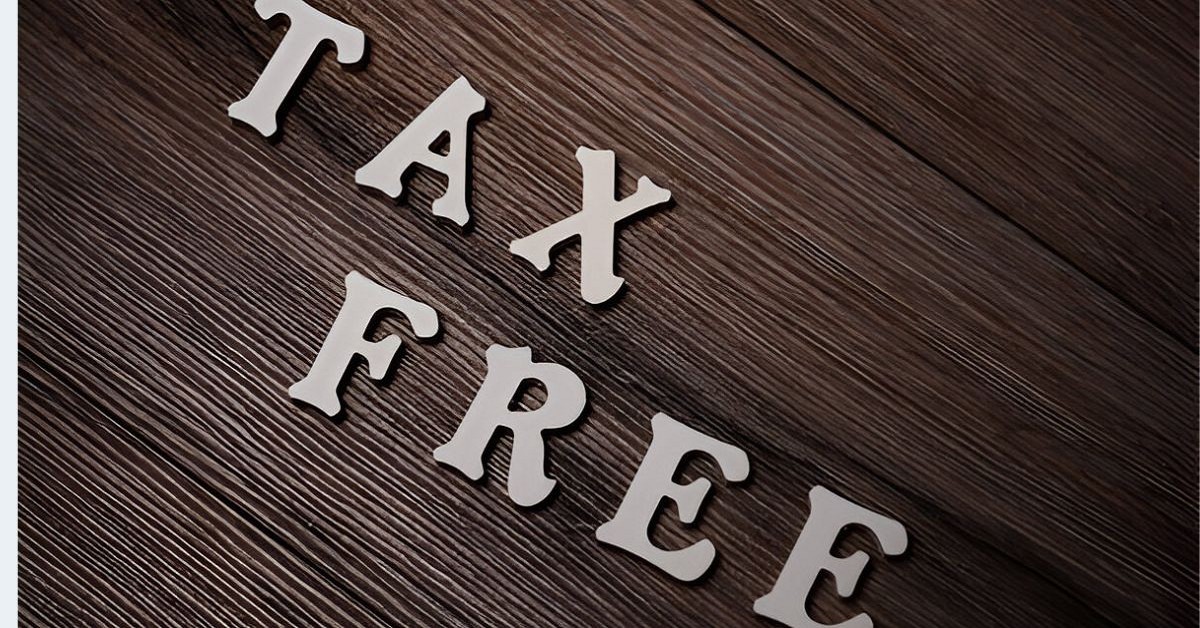When you hear about a tax-free investment that gives 7% interest, it might not sound very exciting. Especially when mutual funds or stocks are giving 10% to 15% returns in good years. But before you skip these options, it's worth asking a different question. Is the return really low if there's no tax taken from it?
The answer depends on how you compare the final amount you get, not just the rate shown on paper.

The Return You Keep Is What Matters
Let's say you earn 9% from a taxable investment. If your income falls under the 30% tax slab, the actual return you keep after tax is around 6.3%. Now compare that with something like PPF, which offers around 7.1% but is completely tax-free. In this case, you are actually keeping more with the tax-free option.
This is why understanding how to calculate taxable income is important. Once you know how taxes reduce your earnings, you will be able to make better investment choices.
What Makes Tax-Free Investments Useful
Even if the returns feel lower at first, tax-free investments offer many long-term advantages:
- You keep the full return: There is no tax on the interest you earn from options like PPF, SSY or SCSS. Whatever you earn is yours, with no deductions.
- They are safe: These options are backed by the government. So, your money stays protected, even when the market is down.
- You save tax while investing: Most of these qualify for deduction under Section 80C, which reduces your taxable income. This means you save tax today while building savings for the future.
- They help with long-term goals: Tax-free investments are great if you are saving for retirement, your child's education or other important plans. Many come with long lock-in periods, which help you stay invested.
When They Might Not Be the Best Fit
Tax-free investments are not perfect for everyone. Here are some things to keep in mind:
- If you already use your 80C tax exemption limit through EPF, life insurance or home loan repayment, you may not get extra tax benefits from adding more.
- If you need flexibility, tax-free options might feel limiting. For example, PPF locks your money for 15 years. SSY has an even longer duration.
- If you are comfortable with some risk, ELSS mutual funds might offer better returns. They are also tax-saving investments under 80C and can give you long-term growth.
A Better Strategy Is to Mix
You do not need to pick just one type of investment. A good plan is to combine tax-free options with others:
- Use safe, tax-free investments like PPF or SCSS for guaranteed growth and security.
- Add growth-based options like ELSS or NPS to target higher returns for long-term goals.
This way, you get the benefit of safety, tax savings and potential growth.
Final Thoughts
Tax-free investments may not look exciting at first, but they are more powerful than they seem. They let you grow your money safely, reduce your tax and give you steady support for future plans.
Before saying no to a 7% return, ask yourself how much you are really keeping from other investments. When you look at the full picture, tax-free options can be a smart and steady part of your financial plan.
Join LAWyersClubIndia's network for daily News Updates, Judgment Summaries, Articles, Forum Threads, Online Law Courses, and MUCH MORE!!"
Tags :Others









